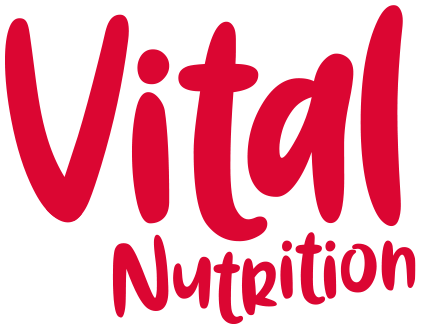Are you getting enough of the sunshine vitamin?
As I am writing this, storm Agnes is approaching and it feels like a dark and gloomy autumn day. So, it is the perfect seasonal reminder that most of us could do with a little top up of the sunshine vitamin, especially as it has been severely lacking in recent months.
Vitamin D is produced in the skin when we are exposed to sun. It is a fat-soluble vitamin that is essential for supporting bone health and a healthy immune system.
The major source of vitamin D is sunlight, which puts most of us at a high risk or deficiency, considering where we live and how few sunny days we had this summer.
Why do we need vitamin D?
Vitamin D has lots of important functions in the body. It is essential for bone health, helps to regulate our immune systems and is required for cardiovascular heath, brain function and muscle health. Vitamin D helps calcium absorption, so any function in the body that requires calcium needs vitamin D in sufficient supply too.
In recent years various studies have suggested a link between low vitamin D levels and COVID symptoms. We know that vitamin D has proven to have some effect protecting against other respiratory tract infections like colds and flus, so it could be an important part of your nutritional immune support coming into the autumn and winter.
Many people with autoimmune conditions like MS, rheumatoid arthritis and lupus take a vitamin D supplement regularly, as research shows that a vitamin D deficiency can be a risk factor in the development of these conditions.
As well as supporting our physical health, vitamin D is also important for our mental wellbeing. A deficiency can lead to low mood and depression, and may be a factor in SAD (Seasonal Affective Disorder).
Where do we get vitamin D?
Although the main source of vitamin D is the effects of sunshine on our skin, it is found in small amounts in food too. The best dietary sources are:
Fortified foods
Oily fish like trout, salmon, mackerel and tune and cod liver oil
Liver
Egg yolk
Mushrooms – leave them on the windowsill as their vitamin D levels will increase if they are exposed to light
Are you getting enough vitamin D?
As vitamin D comes from food, sunshine and nutritional supplements, the best way to know if you are getting enough is to have your levels checked. You can buy a simple pinprick blood test that you can do at home. Pick one up over the counter from chemists, or online. Most of the tests will give you an indication of how much you should supplement to increase your levels if you need to too.
Some people are at a higher risk of developing a vitamin D deficiency than others.
The main risk factors for vitamin D deficiency are:
Lack of daylight exposure / staying indoors
Having darker skin
Being older
Family history/genetics
Being overweight
Using sunscreen
Should we supplement?
It is recommended that we take a vitamin D supplement between the months of October and May and for most adults, 2000iu is the recommended level. Most supplements provide somewhere between 400iu (the minimum requirement to prevent deficiency) and 2000iu (the suggested optimum level).
Just make sure your vitamin D is in the D3 form (not D2) – most of them are in the D3 forms these days.
Ideally take vitamin D3 alongside vitamin K2 to help improve calcium absorption and make sure the calcium gets to where it is needed.
Dietary sources of vitamin K2 include sauerkraut, dark chicken meat, pork and full fat dairy, or as a supplement along with vitamin D.
Can you take too much vitamin D?
Yes! In the case of vitamin D, more is not better.
Vitamin D toxicity is rare, but symptoms include nausea, vomiting, weakness, dehydration, constipation, muscle weakness, bone pain and kidney stones.
If all else fails, book yourself a holiday and jet off to sunnier climes!

